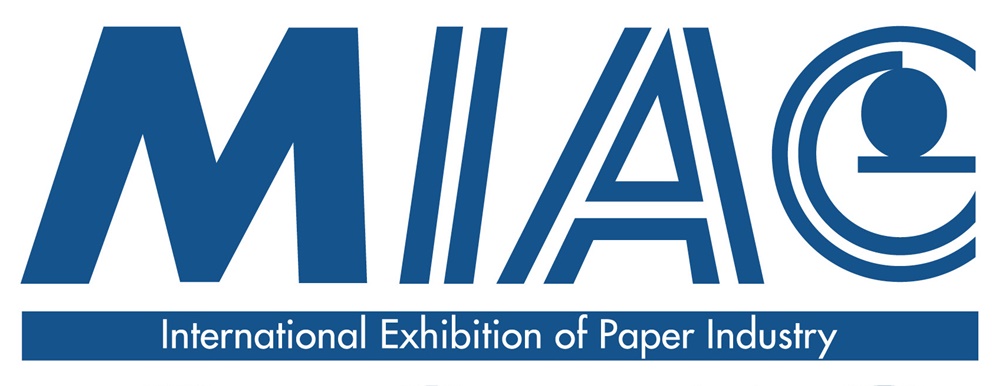NEWS
Tripling of direct costs on the European paper industry impedes Europe’s investment potential
A European Commission real-time study on our sector has revealed that over the past 10 years, direct regulatory costs have more than tripled. On average, direct and ETS-related indirect regulatory costs have absorbed more than 40% of the industry’s annual profitability since 2004.
While the paper industry is engaging in major transformation of its production base to capture both growth opportunities and dramatically reduce its CO2 emissions, such regulatory burden diminishes our investment capability and deters international capital allocation into Europe.
The cumulative cost impact assessment performed for the European Commission by Technopolis reveals the full scale of regulatory costs in the fields of climate, energy and environment policies (2/3 of alone which arise from climate change & energy regulations). Despite EU leader’s pledge for smarter regulation and investment in industry, these costs have not subsided in the period since 2004. Planned regulation for biomass-based large combustion plants, ETS and energy-related policies may indeed widen the regulatory cost burden.
In order to prevent the continued erosion of industry’s competitiveness, the EU and its member states must rapidly restore the conditions necessary to fuel transformative investments. Together with the European Commission we share a common agenda on climate change and sustainability, as evidenced by our 2050 vision to decarbonise by 80% and create 50% added-value. We envision ourselves as leading the transition to a circular, low carbon bioeconomy. We therefore ask the Commission and EU member states to act decisively and put back climate, energy & environmental policies on a pro-investment track.
The full text of the study is available here.
Below you will find the study slipt into several main parts.
(ii) methodology
(iii) legislation overview







